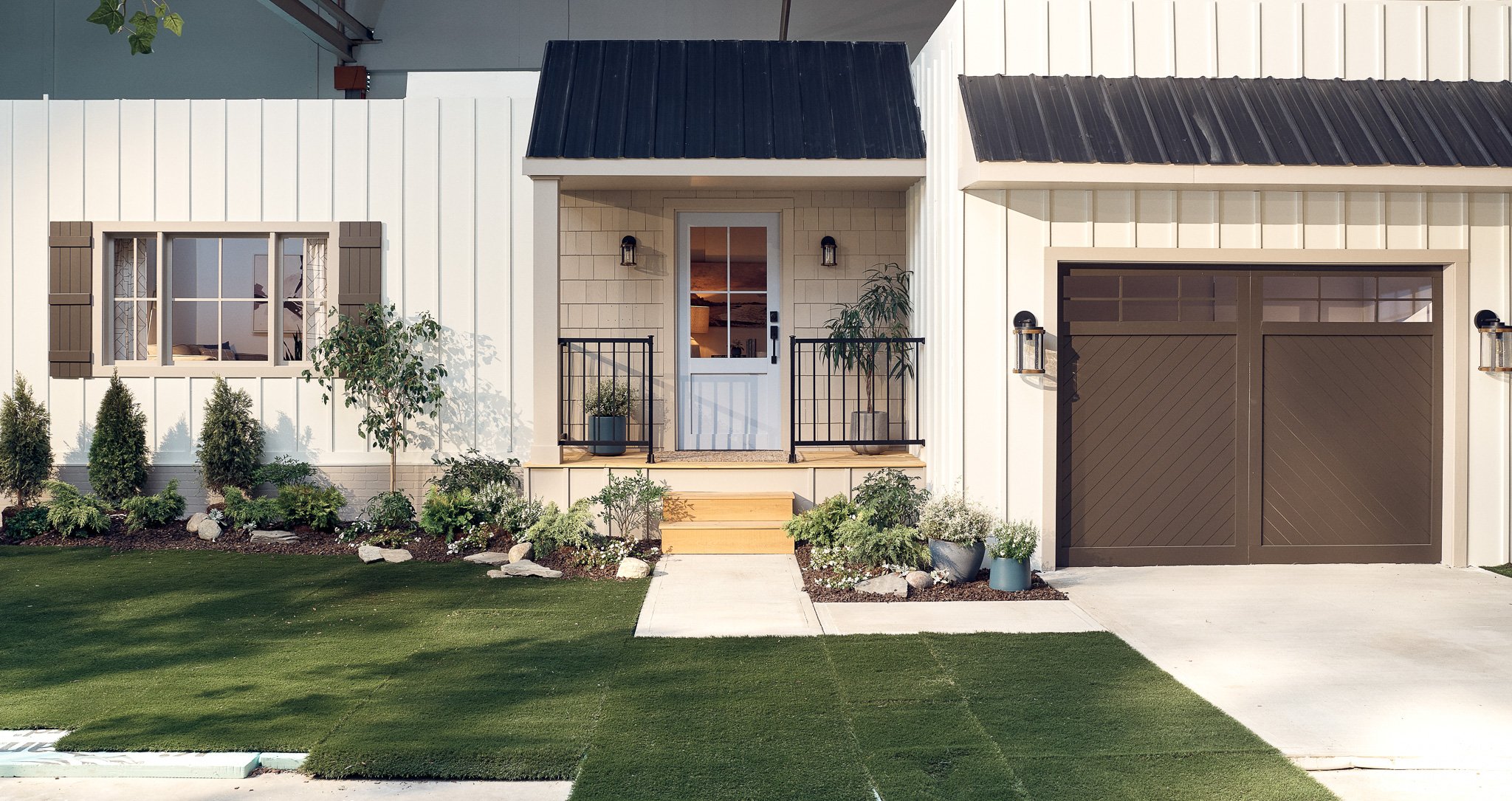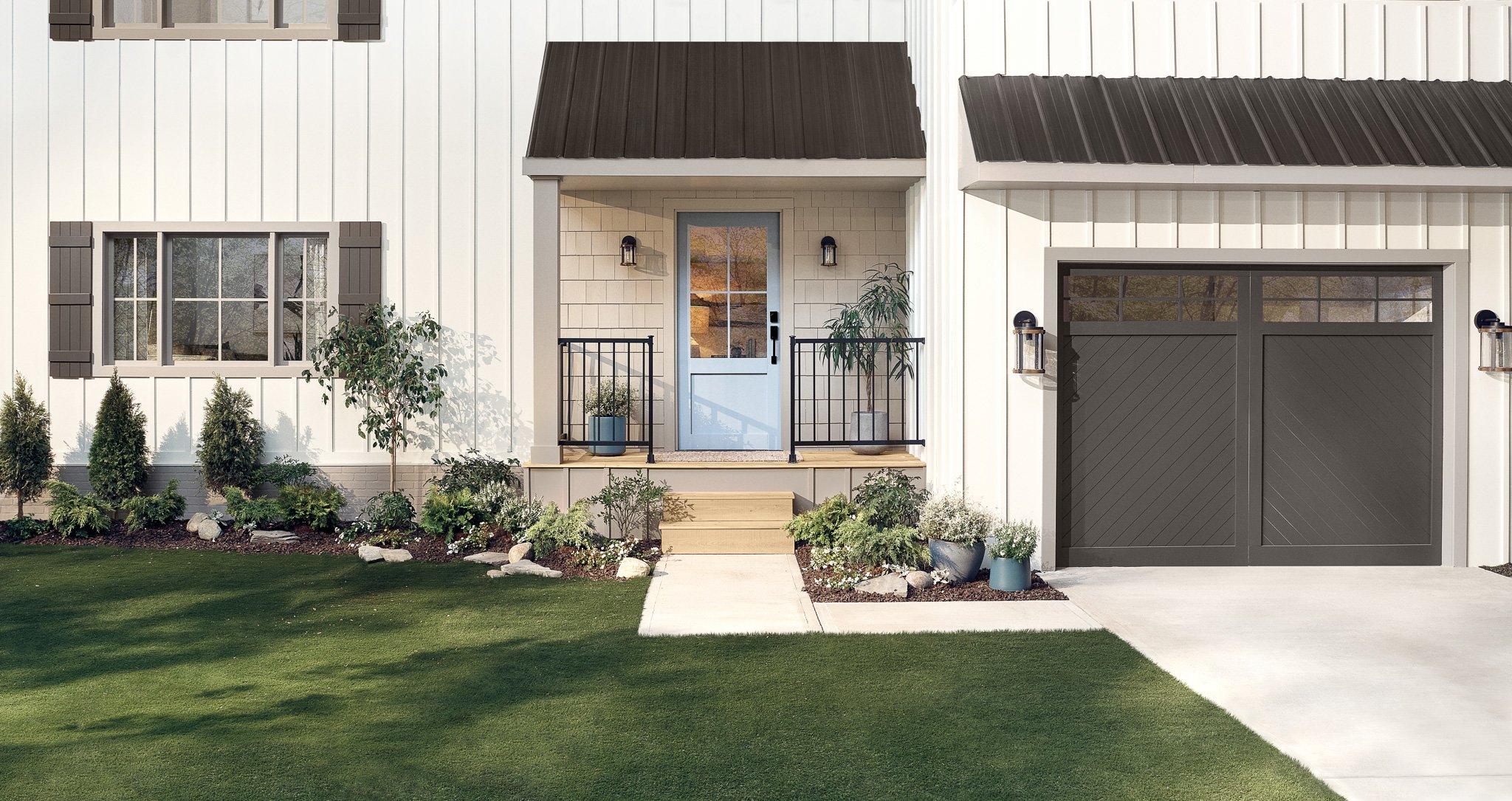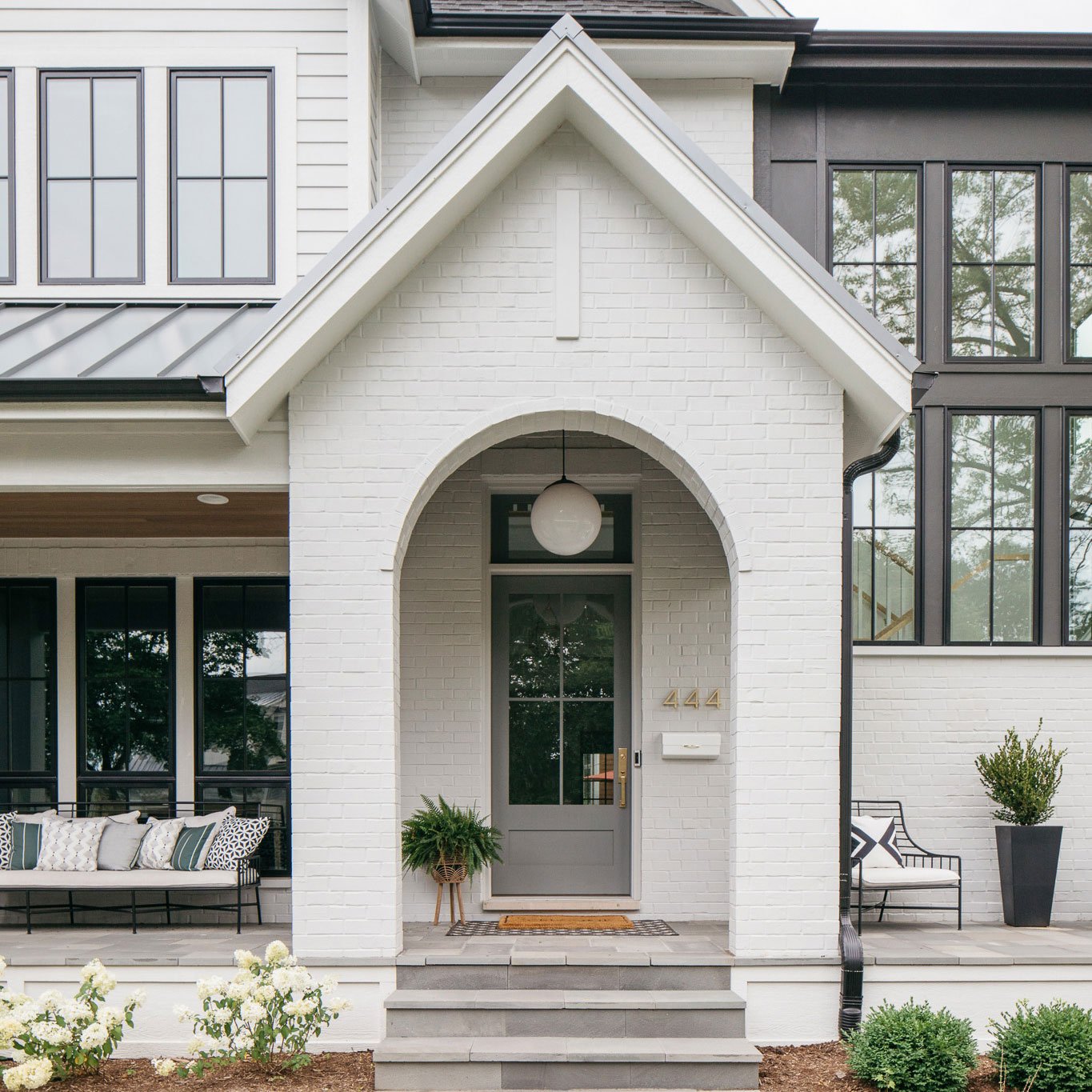When it comes to shooting photos and filming videos, the job isn’t over when you turn off the cameras. The problem is that it’s not always clear what must be done to take your assets across the finish line.
So how do raw photos and video footage go from execution to your intended audience? Post-production. This stage is a vital, yet sometimes overlooked, part of the content creation process for both commercial photography and digital video production.
What Does Post Production Mean?
Post-production is the culmination of a creative journey – and by journey we mean all the steps it takes to make great visual assets. Those steps include:
-
Pre-production – Plan out how to create stellar visuals.
-
Production – Create stellar visuals based off those plans.
-
Post-production – Edit or put the final touches on those stellar visuals to make them as perfect as possible.
What happens in post-production varies greatly based on the project. Some projects will require minor edits and adjustments while others need video editors, retouchers, and other experts to do their magic.
It’s also good to note that there are several moving parts to a project. We’d love to arrange projects so that every asset moves into post-production at the same time, but that’s not always realistic. One set of photos can be ready for post-production while there’s still shooting and filming left to do. The key is that once a client signs off on an initial asset, that photo or footage is ready for post.


What is the Photo and Video Post-Production Process?
The answer to this question can vary a bit depending on who you ask. The good news is that we have a lot of insight into this process as one of the top content creation studios in the country.
While there is no single solution for every project, we do follow an adaptable process that helps us deliver custom solutions from initial discovery to asset delivery. The post-production process itself involves multiple steps to ensure that clients get the stellar visuals they need.
Create a schedule
It takes a bit of planning before you can start post-producing. The post-production process takes time and there are only so many human beings available to cut raw footage, add graphics, or do anything else necessary to perfect your assets. Of course, we’ll need some information to put together this schedule.
-
Project scope – What are your assets supposed to be at the end? Specific needs will require more time from the post-production team.
-
Final asset usage – Where are you going to use your assets? A billboard may require different retouching efforts than Instagram images.
-
Project size – How many images or video footage do you need? More content means more time.
-
Due dates – Do you have a hard deadline or flexible due date? That target date will help us identify how much time is necessary to balance quality and timeliness.
With all this info, it’s time to see who has, well, time to work on a project. With photography, we can divvy up 100 photos across multiple retouchers to shorten the overall post-production timeline. Video can be less flexible – it’s a one-person job to comb through footage and assemble a first edit.
It’s also important to remember that there are outside factors that will impact your schedule, namely other projects. Realistically, retouchers and editors have their hands full with other work, so it may take some time for them to finish before they can dedicate the time it takes to make your assets the best that they can be.


Begin work
Once we have a schedule set, it’s time to make sure the post-production team has everything they need to do their job correctly. We’ll internally review directions and available information from the clients and production team so that retouchers and editors can take those raw assets and cook them into something special. Like any good recipe, this process requires a few special tools and ingredients to create a feast for the eyes.
Photo
-
Removing imperfections
-
Product color matching
-
Creating shadows
-
Color correction
-
Compositing
-
Controlling highlight and shadow ranges
Video
-
Sound editing
-
Adding music
-
Color grading and correction
-
Adding motion graphics, text, or other effects
-
Compositing
Internal review
Once the initial work is done, it’s time to make sure it’s in line with expectations. We’ll conduct an internal review with the production team – the photographers, videographers, stylists, producers, etc. – to make sure it’s right and catch any issues or missing details. We’ll make corrections based on our findings and upload the assets into a proofing software for the client.
External review
Remember the internal review? This is pretty much the same process, except with the people who make the final decision. Clients can review images in our proofing software and leave comments, highlight issues, and leave other feedback ranging from adjusting lighting to changing a model’s eye color.
While photos can be closer to a finished product, the first version of a video that clients see is a rough edit with muted colors and music with a watermark. The reason for this is that if a client doesn’t like the final version, you have to largely start over, whereas adjusting photos is more amenable to late changes. We want to make sure that we’re on the right track before we buy any music or spend a lot of time going in the wrong direction.
Sendoff
If a final video or set of images look great and get approved, it’s time to send those assets to their new home. Our team will do one final check to make sure everything is hunky dory before we save all the final deliverables in the correct file formats. Those assets are packaged up and clients can download them through either a direct download link or through an FTP login.


How Long Does Post Production Take?
Tell us if you’ve heard this one before – it depends. An exact timeline is based on the size, scope, and timing of a project. Photo and video post-production also operate on different timelines, impacting how quickly we can turn around a quality job. However, there are some general guidelines for how long post-production can take.
Post-production photo timeline
A post-production schedule for photography can range from a few days to several months. Sometimes the sheer size of the project alone is the reason for the long schedule. There are projects that can have hundreds, if not thousands, of images, and every one takes time.
The level of complexity is another factor we need to consider. Simply put, product shots on a white background can be turned around a lot quicker than a heavily-decorated room with people or dogs (or people and dogs). Odds are that any photo with more stuff in it is going to need our post-production team to do more stuff to it.
Post-production video timeline
While a photography timeline has a rather sizable range, the video post-production process is a little easier to project. It typically takes one or two weeks to assemble a first version for a video – just remember that we’re talking about commercial videos and not Lawrence of Arabia. After that rough cut is approved, editors can typically add effects, color correct, and wrap up other final touches in another week or two.
Do You Need Commercial Photos and Videos?
The content creation process can take time, but that doesn’t mean it has to be a rough journey. We are a premier, top-down solution content creation studio, which is a fancy way of saying we partner with brands to create large amounts of content for multiple platforms.
Want to learn more? Contact us today to find out how we can create the perfect assets for your organization.



